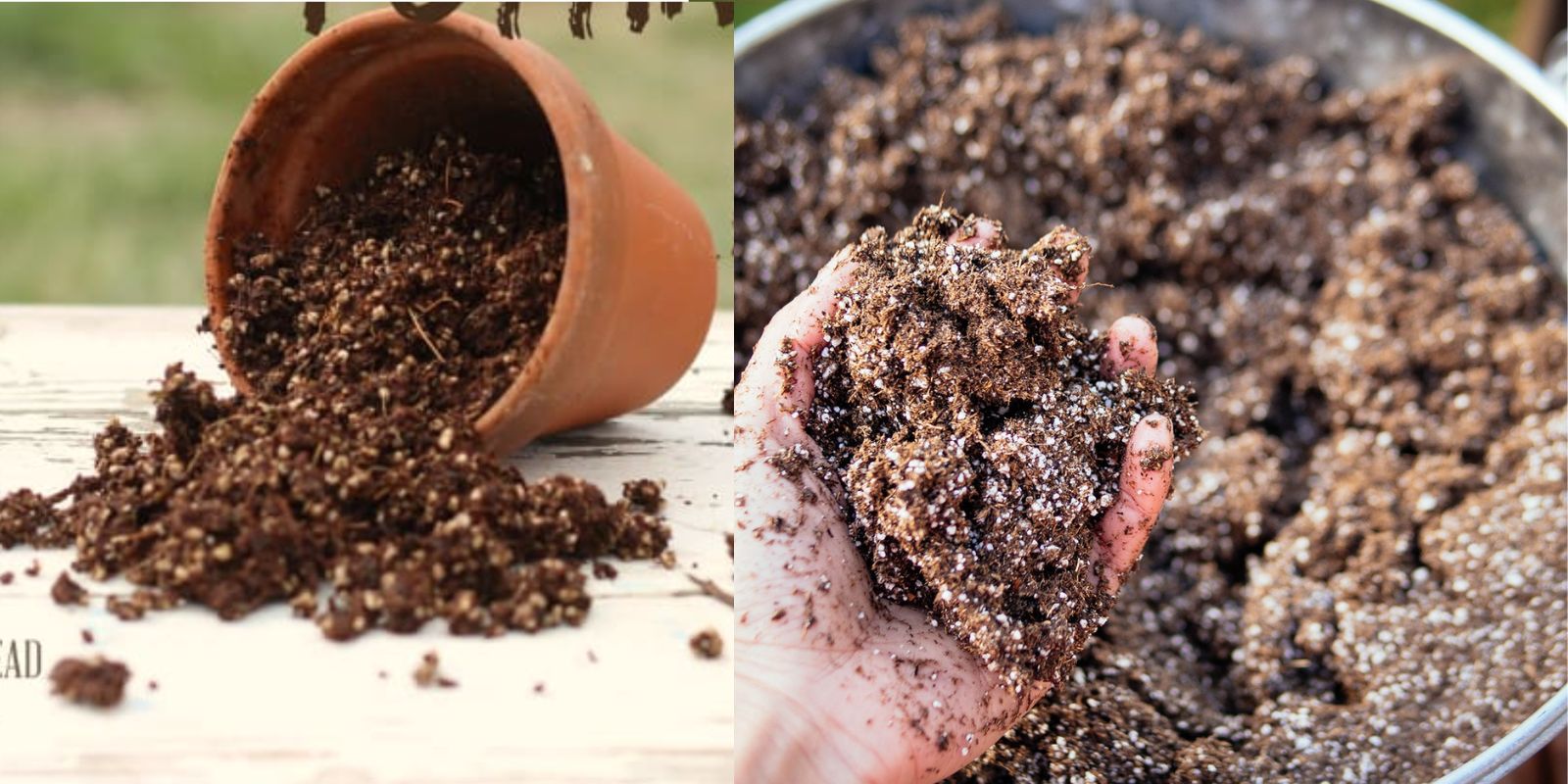Potting soil is the foundation of healthy plant growth, and creating your own at home is both rewarding and cost-effective. Homemade potting soil ensures that your plants get the right balance of nutrients and structure to thrive. Whether you’re an experienced gardener or just starting, this guide will walk you through the steps to create incredible potting soil tailored to your plants’ needs.
Why Choose Homemade Potting Soil?
Commercial potting mixes can be expensive and often contain synthetic additives. By making your own, you control what goes into the mix, ensuring it’s organic, sustainable, and perfectly suited for your garden. Additionally, homemade soil reduces waste, allowing you to repurpose materials like compost or kitchen scraps.
Essential Components of Potting Soil
A good potting soil requires a balance of three main components:
- Base Material: Provides structure and holds moisture.
- Aeration Additives: Improves drainage and prevents soil compaction.
- Nutrient Sources: Supplies essential minerals for plant growth.
Step-by-Step Guide to Making Homemade Potting Soil
1. Choose a Base Material
The base forms the bulk of your potting mix and determines its water retention capacity. Popular options include:
- Peat Moss: Retains moisture but can be acidic. Balance it with lime.
- Coco Coir: A sustainable alternative to peat moss, derived from coconut husks.
- Compost: Rich in nutrients, but ensure it’s fully decomposed to avoid pests.
Tip: For houseplants, use a lighter base like coco coir. For vegetables, compost provides a nutrient-dense foundation.
2. Add Aeration Materials
Good aeration ensures that roots receive adequate oxygen and prevents overwatering. Include any of the following:
- Perlite: Lightweight volcanic rock that enhances drainage.
- Vermiculite: Retains moisture while improving soil texture.
- Sand: Ideal for plants that prefer dry conditions, like succulents.
Mix 1 part aeration material to 2 parts base for an ideal texture.
3. Incorporate Nutrient-Rich Additives
Plants need consistent access to nutrients. Add these components to enrich your mix:
- Compost: Packed with organic matter and essential nutrients.
- Worm Castings: A natural fertilizer that promotes plant health.
- Aged Manure: Provides a slow-release source of nitrogen and phosphorus.
4. Balance the pH
Most plants prefer a slightly acidic to neutral pH (6.0-7.0). Test your mix with a pH kit and adjust as needed:
- Add Lime: If the mix is too acidic (common with peat moss).
- Add Sulfur: If the mix is too alkaline.
5. Blend It All Together
Combine the materials in a large container or tarp. Use the following ratio as a starting point:
- 2 parts base material (peat moss or coco coir)
- 1 part aeration material (perlite or sand)
- 1 part compost or nutrient source
Mix thoroughly to ensure even distribution.
Customizing Your Potting Soil
- For Succulents & Cacti: Use more sand or perlite for fast drainage.
- For Seed Starting: Include vermiculite for moisture retention and a fine texture.
- For Vegetables: Add extra compost and worm castings for a nutrient boost.
Tips for Maintaining Your Potting Soil
- Store Properly: Keep the mix in a sealed container to prevent pests and moisture loss.
- Refresh Regularly: Replenish nutrients by adding compost or worm castings every few months.
- Sterilize if Needed: For indoor plants, sterilize the soil by baking it at 180°F (82°C) for 30 minutes to kill pathogens.
The Environmental Impact
By making your own potting soil, you reduce the need for store-bought products, minimizing packaging waste and transportation emissions. Additionally, using materials like compost and coco coir supports a circular, sustainable gardening practice.
Frequently Asked Questions
Q: Can I reuse old potting soil?
Yes! Revive old soil by mixing it with fresh compost and aeration materials.
Q: How do I know if my soil mix is suitable for a specific plant?
Research the plant’s preferences for drainage, pH, and nutrient needs. Adjust the mix accordingly.
Q: Is it safe to use garden soil in my potting mix?
Garden soil can compact in containers and may contain pests. Always mix it with other components to improve its texture and drainage.
Conclusion
Creating your own potting soil is a simple and rewarding way to ensure your plants thrive. With just a few ingredients, you can tailor a mix that supports healthy roots, vibrant foliage, and abundant growth. Plus, it’s an eco-friendly practice that reduces waste and saves money.
💡 “Give your plants the love they deserve with a homemade potting mix tailored to their needs!”
🌱 #HomemadePottingSoil #GardeningHacks #SustainableGardening #GrowYourOwnFood #GardeningMadeEasy

